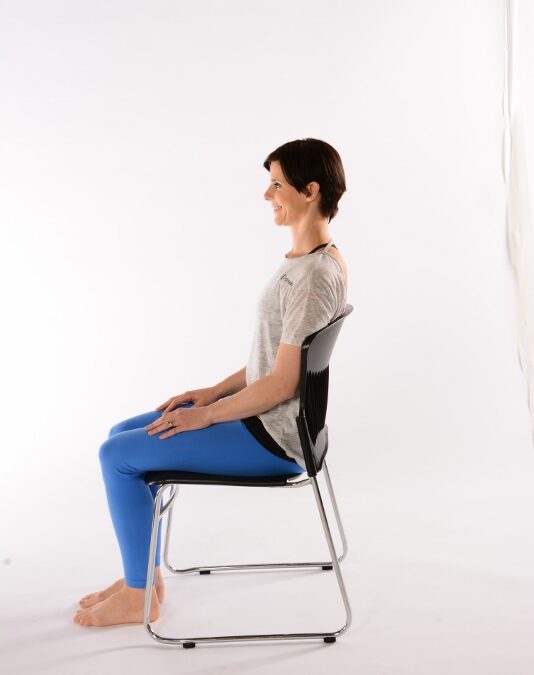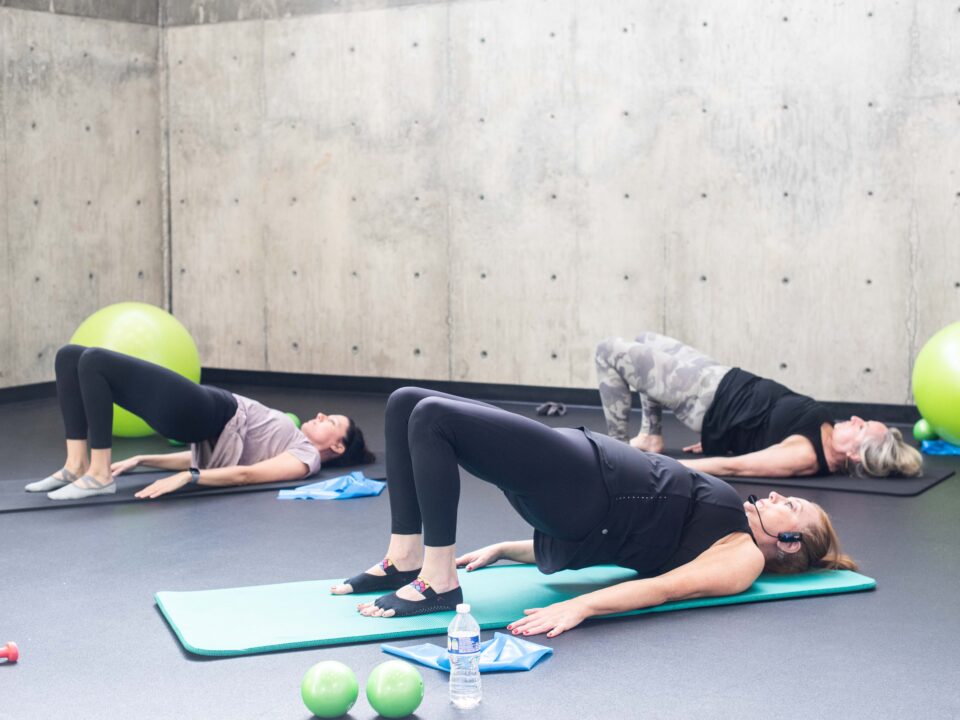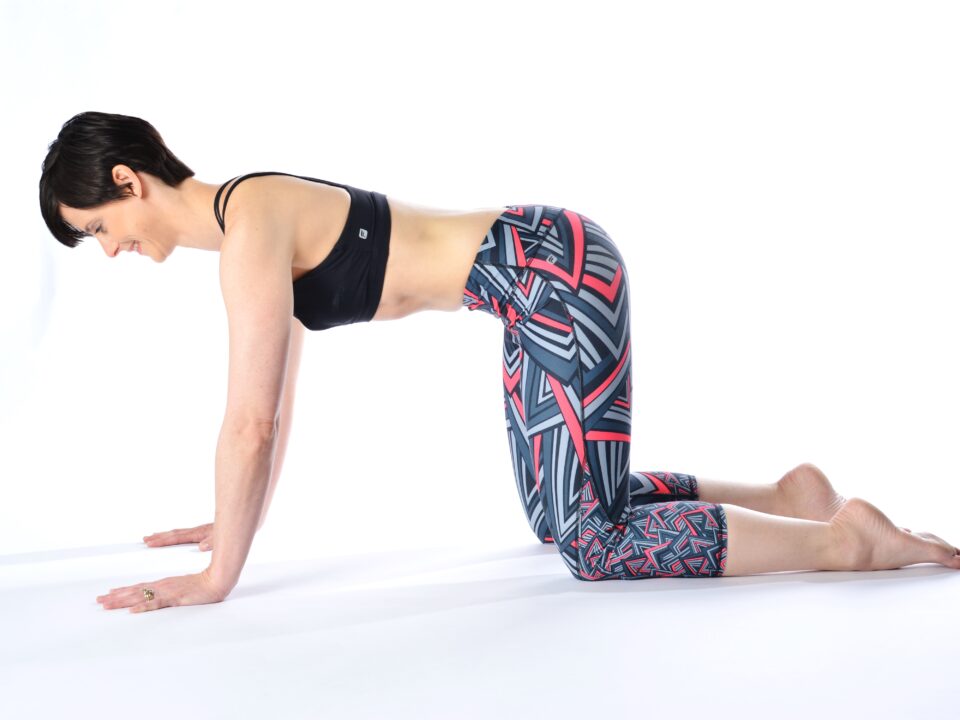- Mon - Fri
7.30 AM – 5.30 PM
Other hours upon request - 770-487-1931
10 Benefits of Pilates Breathing

Pilates breathing, or lateral thoracic breathing, is one of six Pilates method principles. As such, breathing is an essential focus during each Pilates session. In this article, we’ll cover what Pilates breathing is and the ten benefits you’ll experience while practicing Pilates breathing.
What is Pilates breathing?
Pilates breathing emphasizes lateral rib cage expansion over diaphragmatic breathing, where the stomach rises and falls with each breath. During Pilates breathing, the lower core muscles stay engaged throughout the workout. To do this, expand your ribcage as you inhale. Bring the rib cage together on the exhale, imagining it’s hugging your spine. Another term for this type of breathing is lateral costal breathing.
10 Benefits of Pilates Breathing
- Increases Lung Efficiency
Pilates breathing emphasizes fully expanding the rib cage side to side and fully exhaling, pulling the rib cage together. Since we don’t develop our lungs to maximum capacity daily, practicing this in Pilates will improve your overall lung efficiency.
- Connects the Body and Mind
Pilates exercises pair breathing patterns with movements, synchronizing your breath and body for a true mind-body experience.
- Activates Deep Core Muscles with Lateral Thoracic Breathing
Pilates lateral thoracic breathing keeps your breath in the ribcage, allowing your lower abdominals and pelvic floor to stay deeply engaged. During lower belly breathing, the muscles disengage with each inhale. Practicing Pilates breathing means your abdominals stay engaged your entire workout, making it more effective and efficient.
- Increases Ribcage Expansion and Mobility
Lateral thoracic breathing in Pilates challenges you to expand your ribcage to maximum capacity. Practicing this regularity will stretch and strengthen the muscles around the ribcage, resulting in increased thoracic mobility.
- Reduces Stress and Anxiety
Deep breathing increases oxygen to the brain, creating a calming sensation and reducing stress. Quick, short breaths limit oxygen flow and can send the brain into an alert fight or flight response, triggering anxiety.
- Facilitates Movement
Specific breathing patterns can help and challenge exercises throughout a Pilates class. Specifically, exhaling during a difficult movement passage can help support your body. Conversely, inhale at the peak of the challenging moment to challenge your body.
- Lowers Risk of Injury
Intentional breathing challenges you to be more mindful and concentrate on your body and its movement. As such, you’re likely to be more intentional with moving your body, lowering the risk of injury.
- Improves Sleep Quality
Pilates breathing increases oxygen flow through the body, including the brain. This has a calming effect on the brain and nervous system, making it easier to fall asleep and stay asleep all night.
- Enhances Flexibility with Muscle Relaxation
Improving flexibility is best gained through the combination of dynamic and static stretching. Your Pilates class most likely utilizes both. Breathing through your stretches will help you relax into the stretch, allowing muscle and mental relaxation.
- Aids in Heart, Lung, and Gut System Functioning
Fresh oxygen flowing through your body, blood, and brain helps detoxify the body naturally. Increased oxygen to tissues in the body lowers your heart rate, blood vessels expand, and blood flow to the gut increases, aiding in digestion.
Pilates breathing can be learned at any age and by people in any phase of health. If you’re interested in reaping all the benefits of Pilates breathing, visit ProHealth Physical Therapy and Pilates today. It’s the top Pilates studio in Peachtree City, Georgia. Classes are available online and in the studio.




